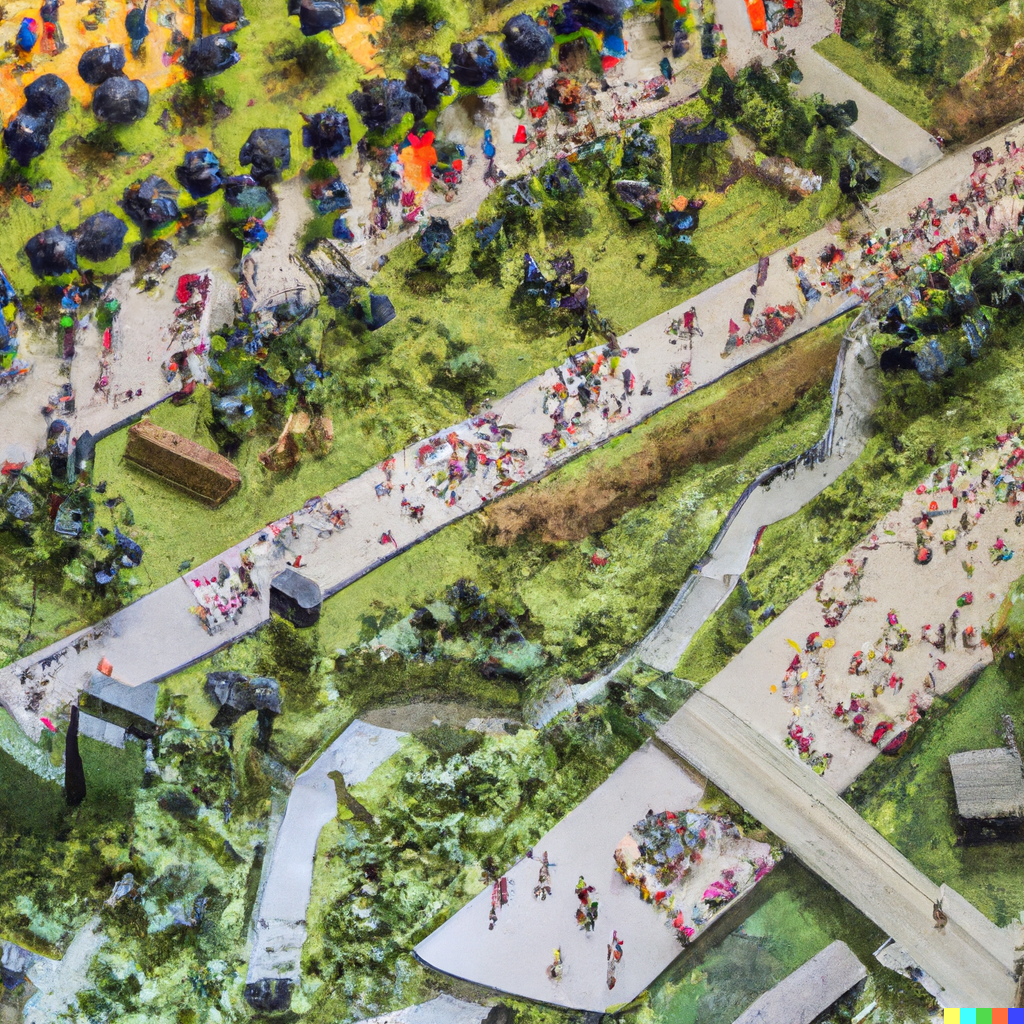The Dawn of Democracy in Design: Reimagining Public Spaces Through Participatory Design

As cityscapes evolve, the central idea of creating truly inclusive urban environments takes the forefront, birthing the concept of participatory design. This avant-garde approach seeks to reimagine public spaces by actively involving all stakeholders – residents, designers, and civic authorities – in the design process. The aim? Crafting spaces that embody the diversity of the community while enhancing the quality of urban life.
The Origins of Participatory Design
Participatory design, known also as co-design or cooperative design, is rooted in the Scandinavian work-life reform movement of the 1960s. Today, it resurfaces as a dynamic tool to disrupt conventional urban planning, inviting individuals to share the architect’s table, making design a democratic exercise.
The Power of Participation
Drawing a stark contrast with traditional design methodologies, participatory design leverages crowd wisdom and fosters community ownership. Its ethos places people at the core, acknowledging that users, through their intimate understanding of their living spaces, can offer invaluable insights into urban design.
Reshaping Public Spaces
At its core, participatory design is an empathetic process. It listens to the collective voice of the community, understanding their needs and aspirations. The collaborative process sparks dialogue, unraveling shared values that form the foundation of design.
Challenges and Considerations
While participatory design holds promising potential, the road to realizing it isn’t devoid of challenges. Transparency, equity in participation, and the risk of ‘design by committee’ are factors that require diligent navigation.
Embracing Digital Tools
Emerging digital tools are also reshaping the landscape of participatory design. Innovative platforms enable virtual collaboration, making the design process more accessible and efficient. By harnessing digital technology, the dream of democratized design is inching closer to reality.
Reflecting Collective Desires
Participatory design holds a mirror to society, reflecting the collective desires of the community. In the quest to reimagine public spaces, it extends an open invitation – an invitation to co-create, co-design, and co-own the cities of the future.
In essence, the birth of participatory design marks the dawn of a democratic design era, challenging us to reimagine our public spaces. It presents an exciting opportunity for every individual to be an architect, redefining the cities we call home.





